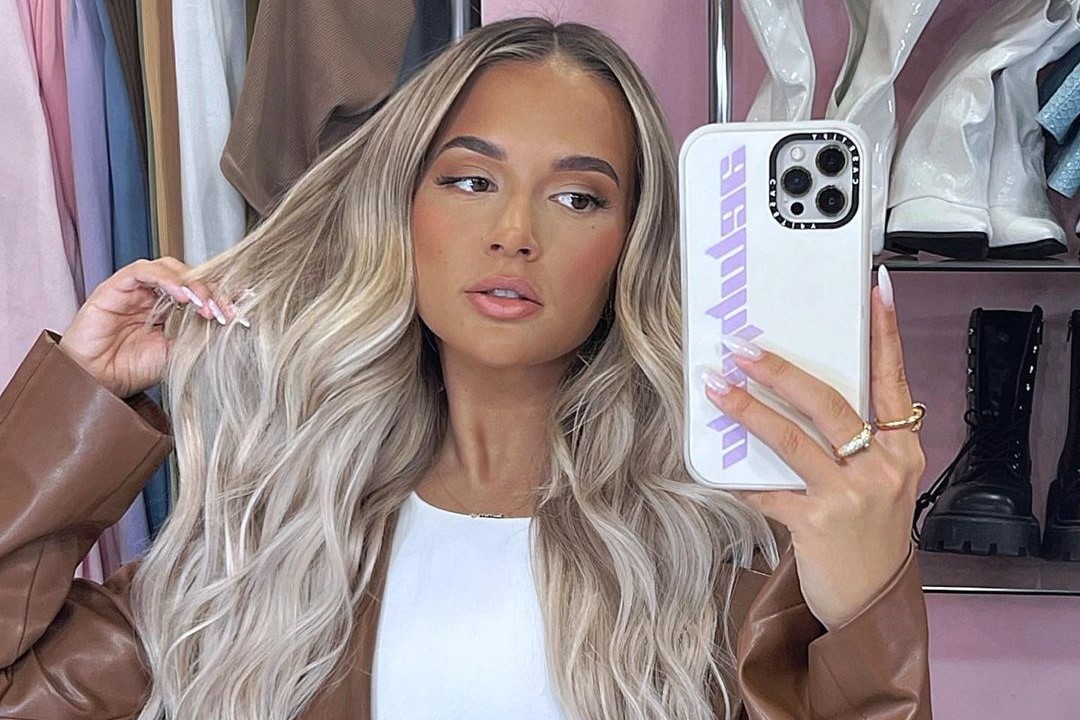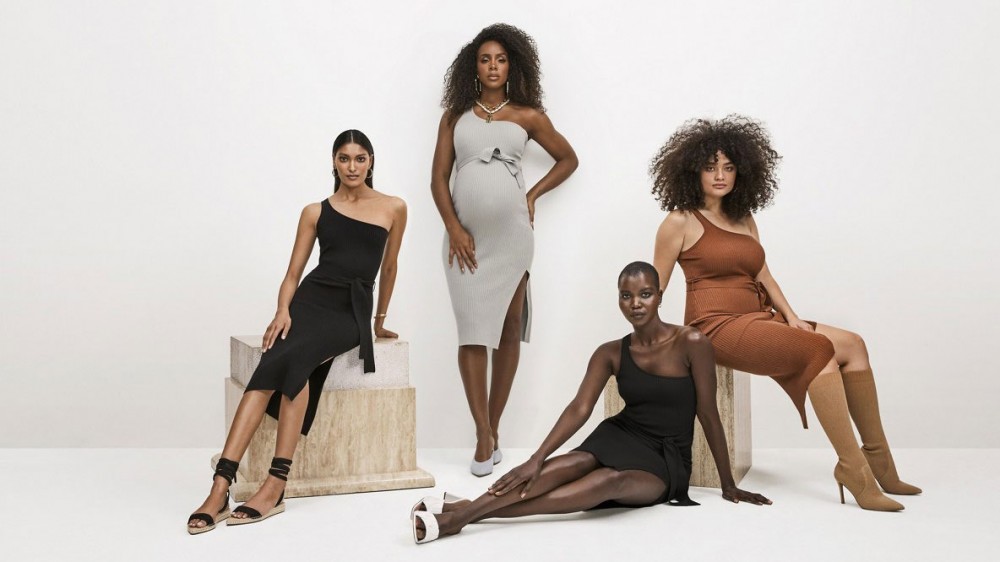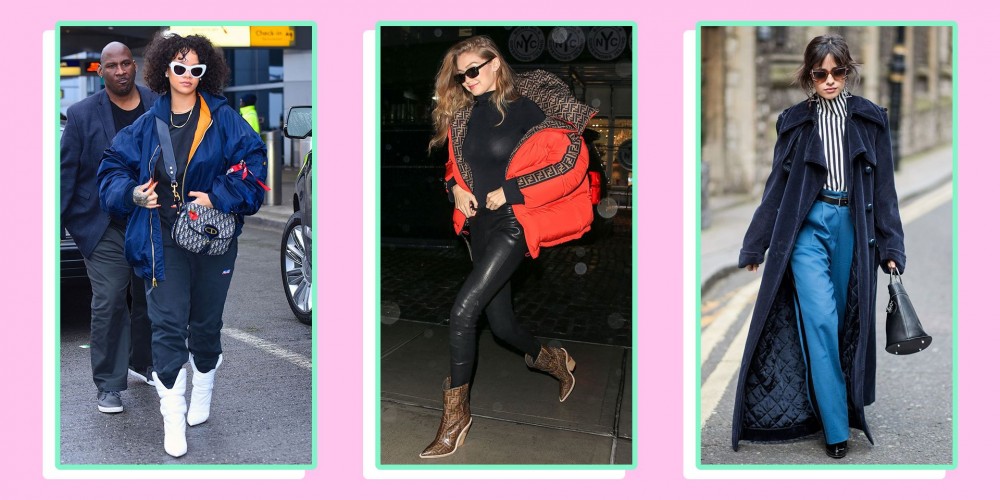See a 26-year-old Tilda Swinton transform into a fevered fashion model
In 1986 the then-unknown actor starred in Joanna Hogg’s surreal graduate film, set within the pages of a fashion magazine
Tilda Swinton and Joanna Hogg first met when they were ten years old at West Heath, a 19th century boarding school in Kent, where they counted Lady Diana Spencer among their classmates. It was, in Swinton’s own words, a “mutually loathed” experience, which sounds exactly like what a ten-year-old at a prehistoric private school might say. Though they were close from the start, bonded by discomfort, awkwardness, and a certain outsiderdom, Hogg moved schools in her teens and the duo lost touch. That was until 1986, however, when the would-be-director graduated from the National Film and Television School, casting a then-unknown Swinton as the lead in her thesis film, Caprice.
Among haughty references to Jean-Luc Godard, Charles Vidor, and Fellini, the feverish, 26-minute short was inspired by Hogg’s guilt-reading of fashion magazines. “I was really interested in how a young woman thinks of herself, or the doubt about how she looks and how she appears. And then the contradiction in me at that time of really being interested in fashion, and fashion magazines,” she said in October of this year. “I wanted to embrace the contradiction I felt as a young woman who loved fashion magazines but also understood the dark side of what they represented to someone wanting desperately to be accepted”. In Caprice, Swinton plays Lucky, an earnest, Dorothy in Oz type, who gets transported into the pages of her favourite fashion magazine like a glossy Alice in Wonderland.




Credited as Matilda Swinton, the actor moves, dreamlike, through the magazine’s different spreads, swallowed in cartoonish sets and yanked into peppy, choreographed routines. As she flits between a makeover montage, a New Wave dance, and high fashion editorials, Lucky is asked to define herself beyond all the lustrous images which have seemed to consume her, beyond being the “number one” reader of Caprice. It traces the “feelings of disgust and self-disgust” of reading whitebread fashion magazines, the “journey of ending up feeling like I wish I hadn’t read that magazine in the first place and looked at those photographs,” Hogg said. “At its centre is the pressures on a young woman from advertising to behave and look a certain way.”
A technicolour, whimsical piece which emboldened Hogg to “be playful but also talk about something serious,” Caprice is Hogg’s most rambunctious offering. Unlike The Souvenir, Archipelago, or Exhibition, which are marked by long, austere takes, naturalistic lighting, and sparse improvisation, her graduate piece was overblown, surreal, and hyperactive. And although Hogg likes to “tread lightly over her memories,” her latest feature – The Souvenir: Part II – includes a heavy-handed reference to Caprice, which appears as a film-within-the-film. In fact, it’s something of a full circle moment, given that the movie not only stars Swinton, but her daughter, Honor, in the role of a student filmmaker. “In any scenario, this would have been beautiful,” Swinton says, “but it is a kind of drop-dead miracle for me to see my oldest friend’s story traced out by my own child with such grace and understanding.”
Click through the gallery above to see more of (Matilda) Swinton and Joanna Hogg’s debut.



